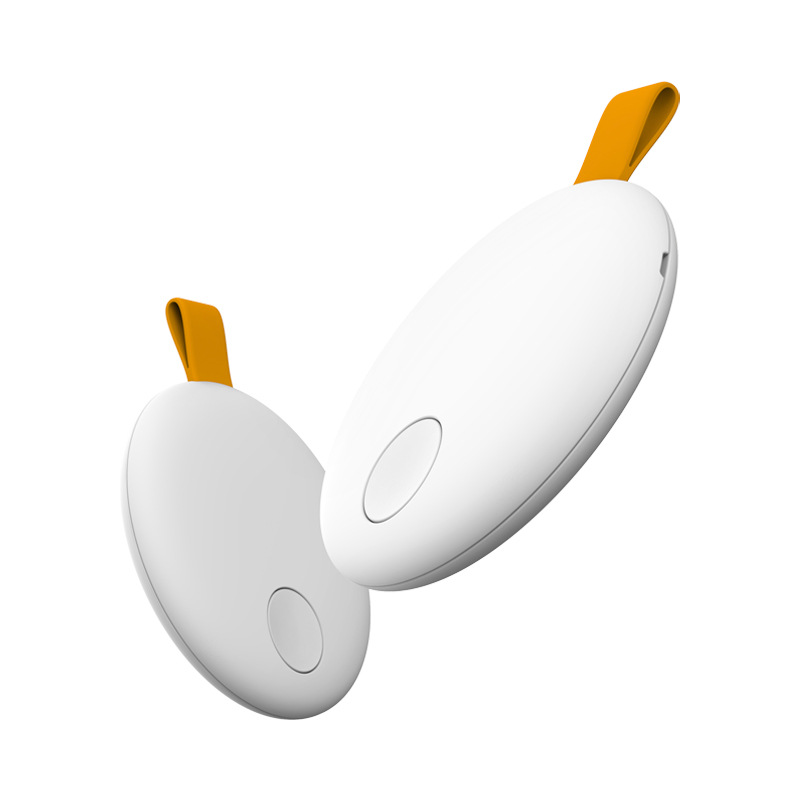
Bluetooth tags have rapidly evolved from simple tracking tiles to powerful platforms for contextual tracking and insights. By exploiting the capabilities of modern BLE tags, it is now possible to develop intelligent tracking solutions that provide real-time visibility and data-driven analytics for assets across various environments.
Under the hood, BLE tags are highly integrated devices, incorporating sensors, location engines, processing and algorithms to locally analyze data before transmitting metadata to the cloud. Microcontroller units calibrated with sensor data like accelerometers and gyroscopes can detect motion profiles to determine if assets are being moved, tilted or experiencing shocks. Temperature and humidity sensors monitor environmental conditions for perishable goods or sensitive equipment. Tags may also contain reference printouts of ambient sensor profiles, enabling on-board inference of anomalies.
With Bluetooth 5.1 and beyond, tags transmit radio packets in a spherical pattern to get better range indoors. Angle of arrival and angle of departure techniques localize tags to within one-meter accuracy by determining the direction of radio wave propagation. To conserve energy, tags remain dormant until awakened by sensor stimuli. Periodic time-synced beacon broadcasts prevent tags from losing connection.
On the backend, BLE gateways and location anchors stitch together data from individual tags into a holistic view across the entire asset network. Location maps powered by neural networks track movements over time. APIs ingest sensor data for integration with inventory systems and data analytics platforms. Machine learning modules detect usage patterns and unusual events. The resulting intelligence enables predictive capabilities – forecasting asset demand, prescribing optimal routes, alerting preemptive maintenance needs, among other use cases.
Logistics companies place tamper-proof BLE tags on containers and trailers to trace provenance across continents. Temperature profiles help determine shelf-life remaining for perishables in transit. Location trails provide evidence for insurance claims. Automakers embed tags in automotive parts for anti-counterfeiting and tracking along the assembly line. Retailers monitor shopping behavior by sensing customers carrying tagged products. BLE tags even help locate hospital equipment quicker.
In summary, highly functional BLE tags coupled with intelligent software usher in new possibilities for organizations to gain unprecedented visibility and actionable insights into their asset flows. The versatility, low cost and ease of deployment of these tags make them attractive IoT enablers for intelligent tracking across various industrial applications.


